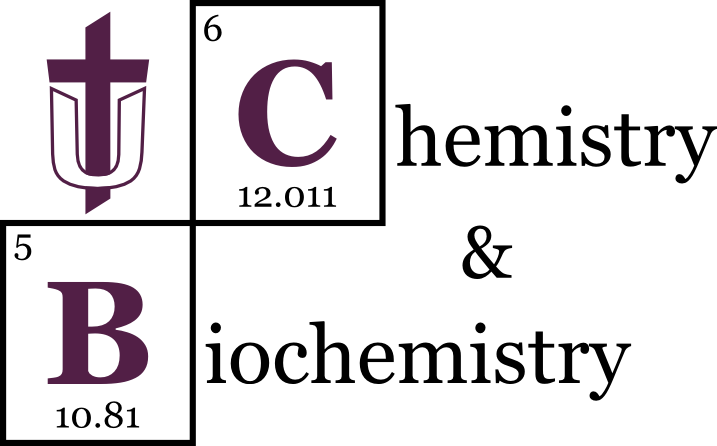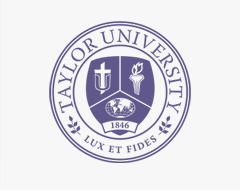Title
Integrated TGA, FTIR, and Computational Laboratory Experiment
Publication Title
Journal of Chemical Education
Abstract
Thermogravimetric analysis (TGA), Fourier transform infrared spectroscopy (FTIR), and computational chemistry are used in concert to evaluate the thermal decomposition of calcium acetate monohydrate, Ca(C2H3O2)2·H2O, and to engage students in high-level thinking as they synthesize results from several techniques. Students use TGA to generate and isolate the reaction intermediates and final product. Three common TGA transitions (the loss of water, the generation of a metal carbonate, and the generation of a metal oxide) with very different reaction temperatures are observed with this sample. The resulting four samples (starting material, two intermediates, and final product) are then analyzed by FTIR. Students are able to observe the progress of the reaction through a comparison of the IR spectra, via the change of water, O–H, and C–H signals. The computational analysis of the vibrational frequencies of carbonate is performed to demonstrate the concepts of predicting the number of principal vibrational frequencies, vibrational degeneracy, and IR activity in addition to aiding in the identification of the second decomposition intermediate, CaCO3. This integrated approach also encourages students to appreciate the strengths and weaknesses of various techniques and recognize that often chemical analysis requires the use of multiple tools.
Publication Date
2018
Document Type
Published Article
DOI
10.1021/acs.jchemed.8b00607
Recommended Citation
For this content, please create a citation using the original publication information.




